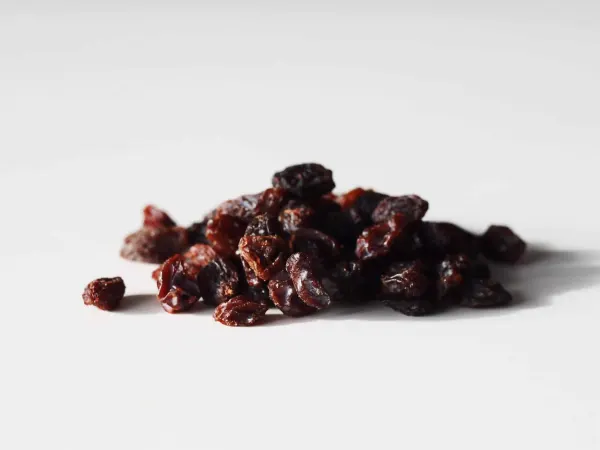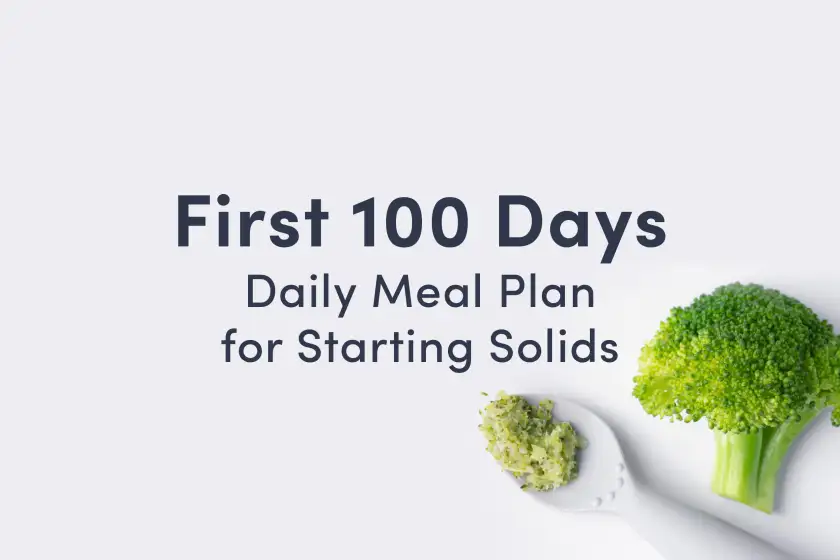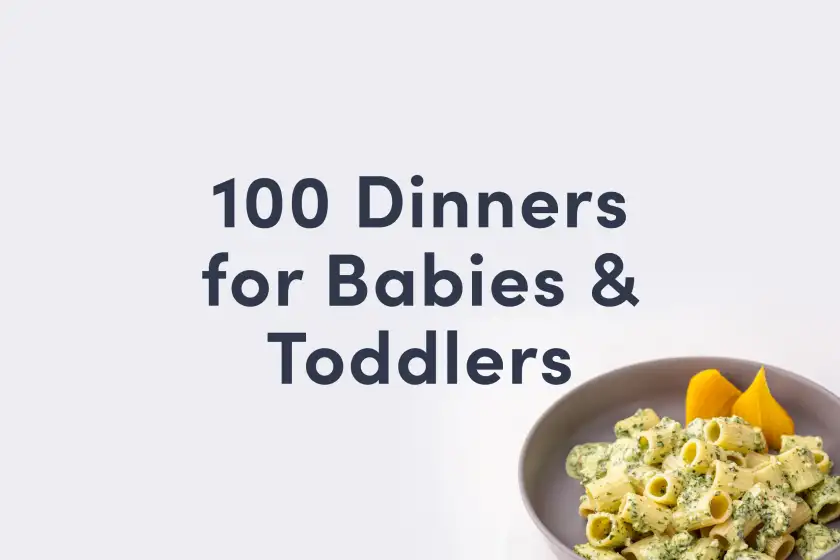Raisins
Fruit
Age Suggestion
6 months
Iron-Rich
No
Common Allergen
No

When can babies have raisins?
Raisins may be introduced as soon as baby is ready to start solids, which is generally around 6 months of age.
Raisins are grapes dried in the sun or in commercial dehydrators. While many types of grapes grow in warm temperate regions worldwide, most raisins are made from just a handful of varieties of seedless green or red grapes that range in size. Some are quite large and used to make sultanas, another name for raisins. Others are tiny and used to make small raisins like zante currants.
Are raisins healthy for babies?
Yes. Raisins are rich in carbohydrates and fiber, with a variety of nutrients such as iron, calcium, potassium and vitamin B6. Together, these nutrients work to provide energy, support the digestive system, promote healthy red blood cells, build up bone density, support electrolyte balance and healthy metabolism, and more.
When grapes are dried into raisins, they lose water content, and as a result, the natural fruit sugars become concentrated. Natural sugar in both fresh fruit and dried fruit is not a concern in a balanced diet.
★Tip: Raisins last longer when kept at a cool temperature. Store them in the refrigerator or a cool, dry pantry to extend their shelf life.
Are raisins a common allergen?
No—allergies to raisins are rare. However, raisins and dried fruit tend to be high in histamines, which can worsen allergic reactions and upper respiratory conditions. As with any new food, introduce a small quantity at first and watch closely as baby eats. If there is no adverse reaction, gradually increase the quantity in following servings.
Are raisins a choking hazard for babies?
Yes. Dried fruit can be firm and difficult to chew, qualities that increase the risk of choking. To reduce the risk, prepare and serve raisins in an age-appropriate way. As always, make sure you create a safe eating environment and stay within an arm’s reach of baby during meals.
Learn the signs of choking and gagging and more about choking first aid in our free guides, Infant Rescue and Toddler Rescue.
Videos
How do you serve raisins to babies?
Every baby develops on their own timeline, and the suggestions on how to cut or prepare particular foods are generalizations for a broad audience.
6 months old +:
Rehydrate raisins in hot water for 15 minutes. Once the fruit is fully softened, finely chop, mash, or puree. Serve the raisins on their own or mixed into other foods, such as oatmeal or yogurt. Consider starting with a small amount and increasing the serving size as tolerated by baby – raisins have lots of fiber and can cause some uncomfortable gas or blowouts.
12 months old +:
Finely chop raisins that are rehydrated or dried. There’s no need to rehydrate them at this age, though doing so will help reduce choking risk. Serve the finely-chopped pieces on their own or stirred into other scoopable foods, like oatmeal or yogurt.
24 months old +:
Serve rehydrated raisins as desired, either on their own or mixed into a dish. Around the second birthday, many toddlers may have the molars and the chewing skills needed to eat unmodified raisins. To model how to eat whole raisins, start by telling the child: "This is a hard one. Watch me." Show how you move the food to your molars with your tongue. Chew with your mouth open (you can even demonstrate by opening and closing your hands at the same time). Once you have chewed the raisin well, open your mouth to show the toddler how it has been broken down. Say, "I moved it to my big strong teeth to chew it. It needs a lot of chewing." Demonstrate a couple of times before offering a raisin to the toddler. Consider serving only one or two raisins at a time at first to pace the practice.
Written by
Expert Tips Delivered to Your Inbox
Sign up for weekly tips, recipes and more!
The content offered on SolidStarts.com is for informational purposes only. Solidstarts is not engaged in rendering professional advice, whether medical or otherwise, to individual users or their children or families. No content on this site, regardless of date, should ever be used as a substitute for direct medical advice from your doctor or your medical or health professional, nutritionist, or expert in pediatric feeding and eating. By accessing the content on SolidStarts.com, you acknowledge and agree that you are accepting the responsibility for your child’s health and well-being. In return for providing you with an array of content “baby-led weaning” information, you waive any claims that you or your child may have as a result of utilizing the content on SolidStarts.com.









